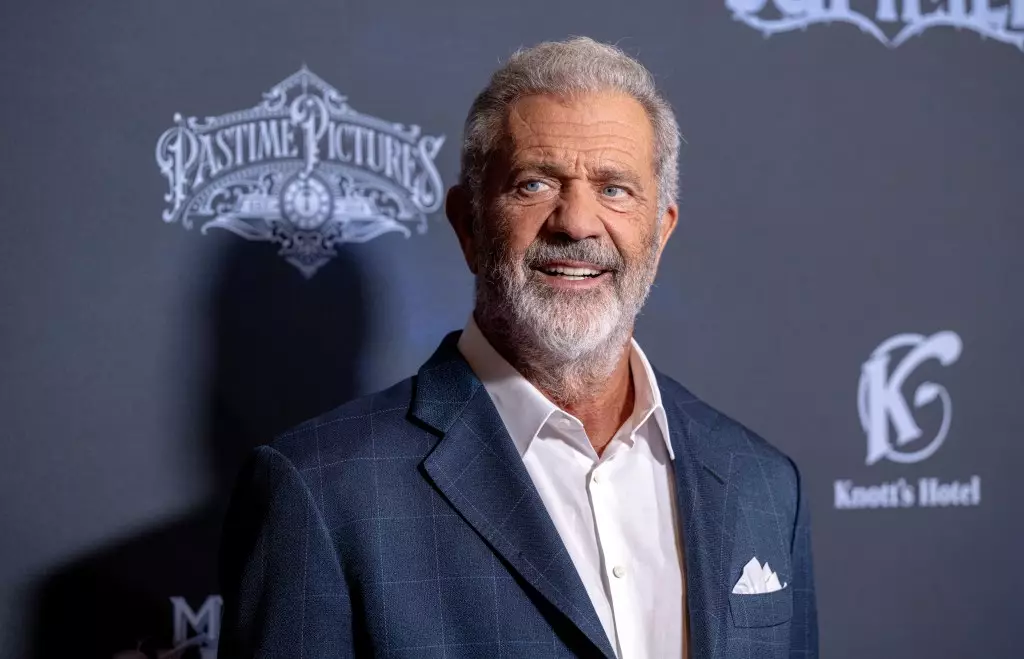In a recent episode of Joe Rogan’s widely followed podcast, Mel Gibson unveiled his aspirations for a sequel to his 2004 cinematic phenomenon, “The Passion of the Christ.” Entitled “The Resurrection of the Christ,” this new project promises to take audiences on a transformative journey that dives deep into themes rarely explored in biblical storytelling. Gibson described the script as an “acid trip,” hinting at the film’s potential to push boundaries and explore complex spiritual realms.
The collaborative effort behind the script involved Gibson working alongside his brother and acclaimed screenwriter Randall Wallace, known for his impressive work on “Braveheart.” According to Gibson, their extensive seven-year creative process has crafted a narrative that goes beyond mere resurrection, intertwining elements of mythology, spirituality, and dramatic tension. The early discussions conveyed an intent to capture the nuances of the fall of angels, a storyline that suggests a profound exploration of existence beyond earthly confines.
One major aspect of Gibson’s vision lies in recasting Jim Caviezel in the iconic role of Jesus Christ, raising the question of how to navigate the significant time lapse since the original film. With over two decades having passed, Gibson has indicated that modern cinematic techniques such as CGI de-aging will be employed to maintain continuity in Caviezel’s portrayal. Yet, the recasting choice also comes with its challenges, as audiences hold deep emotional ties to the celebrated performances from the first film.
With the title itself focusing on the resurrection—a pivotal moment in Christian faith—this sequel aims to delve into the events surrounding Jesus’s return to life and its significance for humankind. Gibson emphasized that the narrative would span cosmic elements, exploring realms such as Sheol and the depths of hell. This ambition doubles as a creative risk; blending theological complexities with emotional storytelling can easily veer into the realm of the melodramatic if not executed with care and sensitivity.
Gibson candidly acknowledged the monumental task ahead of him in creating a sequel that will resonate with viewers emotionally while remaining authentic to its subject matter. He articulated the desire to avoid clichés and aim for a narrative that genuinely encapsulates the emotional core of the biblical events. His statement reflects a serious commitment to crafting a film that honors its religious roots yet innovatively conveys its message.
While Gibson’s confidence in his own ideas is palpable, he also recognizes the weight of the undertaking. The ambitious scope of the story—from “the fall of the angels to the death of the last apostle”—requires meticulous planning and effective execution. It’s a tall order that is bound to raise expectations among fans and critics alike.
As Gibson prepares to embark on this cinematic endeavor, “The Resurrection of the Christ” stands as a testament to the power of storytelling. It seeks not only to narrate an iconic biblical event but also to probe the deeper questions of spirituality and human existence. Whether he can ultimately realize this vision remains to be seen, but for now, anticipation swirls around what could be a groundbreaking film experience.

